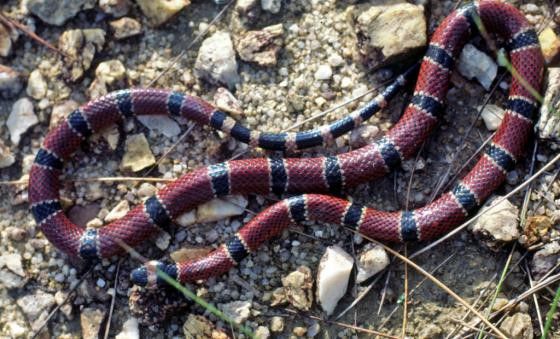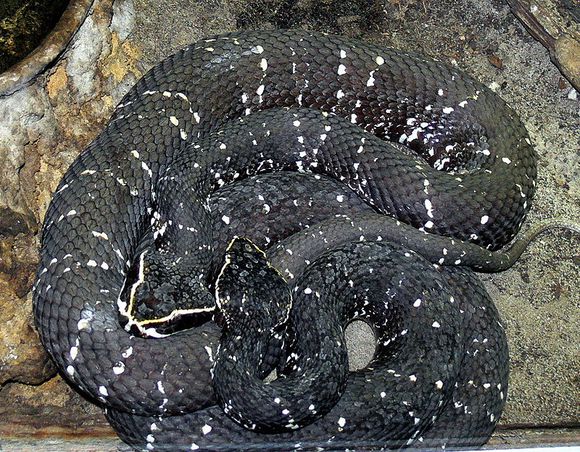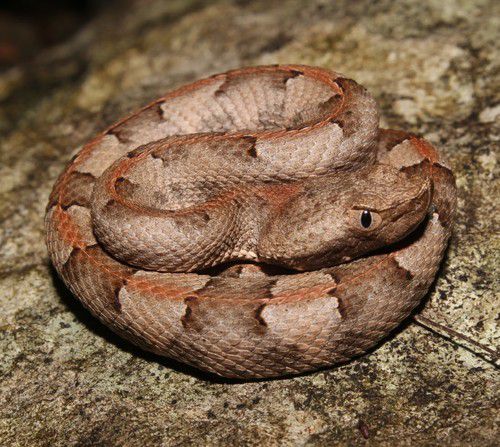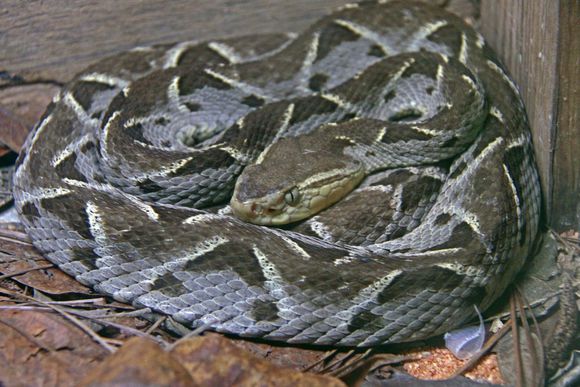MÉRIDA, Yucatan – The city of Mérida continues to expand and with the creation of new subdivisions, animals such as snakes and poisonous vipers are moving into homes, so people could be bitten and their lives could be at risk.
Although it may seem incredible, many people in the city could encounter one of the five species of venomous snakes that exist in Yucatán, so it is important to know what to do and to be aware of them.
There are 51 species of snakes in Yucatan, of which five are venomous snakes: the coral snake, the huolpoch, the Yucatecan nauyaca or pig-nosed snake, the royal nauyaca and the rattlesnake.
In the backyards of houses near areas with a lot of vegetation or ‘bush’ one of these species could appear.
Especially places with garbage or poor hygiene could attract snakes and poisonous vipers, as they feed on rodents that tend to congregate in the garbage.

Variable coral snake (Micrurus apiatus)
Coralillo snakes are identified by their red, yellow and black colors, which indicate their danger. They are venomous and if they feel threatened, they coil up and raise their tails to throw off the aggressor.
It is carnivorous and feeds on mice, lizards and sometimes other coral snakes of the same species.
Its venom is neurotoxic and in humans should be treated immediately at the hospital in case of being bitten by it.
Severe symptoms may result in coma, cardiac arrest, convulsions and renal failure.
In urban areas it is more common to find coral snakes, which have the characteristic of living underground for a long time, so it is common that this snake stays living under the buildings of new subdivisions.

Huolpoch (Agkristrdon biliniatus)
Due to the pigmentation on the skin, it can be camouflaged in a wooden trunk. It is a black snake that can measure from 80 centimeters to one meter and has a thick mass.
A main characteristic is that it has a sting with the tail part, but it is worth mentioning that it does not sting with the tail.
It has a cytotoxic venom with alterations in coagulation, general failures and necrosis at the site of the bite.

Yucatecan nauyaca or pig’s nose (Porthidium yucatanicum)
This specimen can have a length between 35 and 45 centimeters. Its presence has been detected in southern Yucatan. It likes to bite in places where there are many rocks, such as caves, it is found in the south of the state and also has a cytotoxic venom.
Its venom produces blood clotting disorders. Sometimes there may be hemorrhages in the nose, there may be bleeding from the body through the mouth, ears and nose.

Nauyaca real (Bothrops asper)
This is a species of venomous crotaline snake found in Yucatan. It is found in a wide range of lowland habitats, often near human settlements.
It is a large and skittish species, and is primarily responsible for snakebite incidents within its range.

Yucatan Rattlesnake (Crotalus tzabcan)
This is a venomous snake species that belongs to the fossa viper subfamily. It is native to southeastern Mexico, Belize, and Guatemala. Its scientific name, “tzabcan”, means “rattlesnake” in the Mayan language. There are no recognized subspecies.
It is easy to recognize because it has a bell on its tail and the noise it generates.
It also has a cytotoxic venom, and sometimes there may be a portion of a neurotoxic venom. There may be alterations, it produces disorders in renal function, disorders in coagulation.
TYT Newsroom


